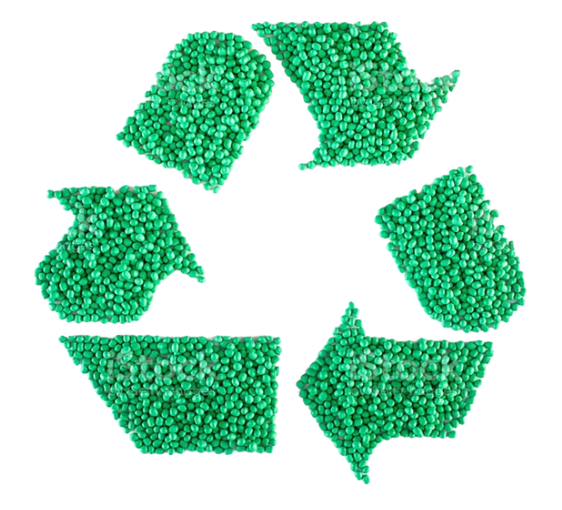
June 1, 2022
Scrap is Inevitable, Cost of Scrap is Optional
If you’ve ever watched your Mom make a pot of stew, you have most likely observed the end of a roast, leftover onion from the pasta sauce and the last few pieces of celery from the chicken salad be thrown into the mix. These are what most cooks refer to as kitchen scrap. They are still usable but not as their original intent.
Repurposing Scrap Brings Value
Scrap is inevitable in plastic processing. When we refer to scrap, we refer to anything that comes out of the molding machine and is not “sellable” to your customer. It includes start-up parts, runners, short shots and sampling, to name a few. With all costs on the rise, including material costs, repurposing our scrap can bring value and reduce costs to the process. The uncertainty of feedstock disruptions remains a viable concern, so the time to plan is now.
Conair has provided a great article on scrap reclaim. It will show you all the things to consider when developing a scrap cost regain strategy. The article includes conveying, drying, blending, and data collection considerations.
New Ways to Use Scrap
We recognize that not all parts or customers allow for any scrap in the process, but there may be some things you can do to change how you look at the scrap.
- Identity how scrap can be used on your plant floor
- Purging compound if natural in color
- Identify other jobs on your plant floor that could consume the material
- Possible tool sampling

Maintaining a Clean Source of Uncontaminated Material
The key to effective use of scrap means maintaining a clean source of uncontaminated material. It is commonly known that any open container of scrapped parts is an open invitation to passers-by to drop trash in the bin on the way by. The best way to keep a clean material stream is to reintroduce parts and runners to the machine.
Claims and runners can be rejected machine-side via a robot or sprue picker, dropped into a granulator and reintroduced before it has access to any external contaminants.
When using this method, it is essential to consider if any moisture has been re-consumed by the material and if re-drying is necessary. This can easily be handled when designing a system or, in some cases, by adding a small compressed air dryer or desiccant dryer before returning to the central drying system. Remember that this is always process-specific.
Central Grinding as a Solution
When beside-the-press options do not make sense, central grinding is an option.
When considering a central grinding solution, it’s essential to keep a few things in mind. Learn more about Granulating Scrap Successfully with Conair’s whitepaper.
Correct granulator selection aligns and balances a whole range of factors with the properties and physical form of the feedstock:
- Infeed hopper (side, front, doors, dimensions)
- Loading method: (manual, conveyor or robot-fed)
- Cutting chamber size and configuration
- Rotor size (width, diameter, number of blades)
- Cutting blade clearances (moving blades to fixed blades)
- Screen hole diameter
- Regrind evacuation method
Source Reference
Conair: How to Overcome the Top 5 Challenges in Plastics Manufacturing
Conair: How to Reduce the Burden of Plastic Scrap and Maintain Product Quality
